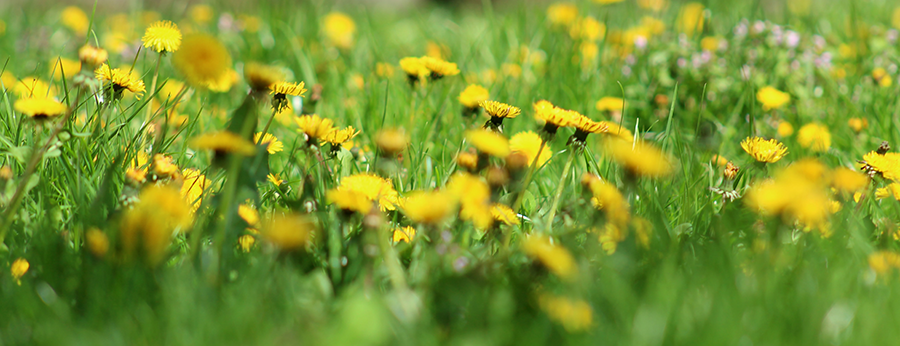
How to Make Dandelion Wine
Dandelions: The bane of your pristine yard’s existence or your favorite new herb to add to your wine? Whether you consider it a flower or a weed, this perennial herb has many uses! From root to flower, the entire plant is edible and better yet - drinkable (once you’ve turned it into wine).
Does dandelion wine sound good though? Will it be bitter and disturbingly bright yellow? Dandelion wine is surprisingly good, not bitter, and not nearly as yellow as you’re picturing. The hue varies a bit from straw to gold or even amber like any white wine, depending on how much dandelion flower you use. Taste-wise, the wine is typically lightly sweet with an earthy and floral aftertaste. Rather than grape juice, most recipes use golden raisins to provide flavor, body, and sweetness. But even with the golden raisins and added sugar, overall this is not a super sugary wine.
Ready to rid your yard of pesky dandelions? Wherever you pick from, be sure it’s from a yard or field free of pesticides.
Dandelion Wine Recipe (Yields 1-Gallon of Wine)
- 2-3 quart dandelion petals (pick apart blossoms) or save yourself time and the worry of pesticides and order Dandelion Fruit Wine Base
- 1 gallon filtered water
- 1 lemon
- 2 oranges
- 2 pounds sugar
- 3/4 pound golden raisins (chopped)
- 1 teaspoon yeast nutrient
- 1 packet Lalvin 71B wine yeast (or another wine yeast with somewhat of a high alcohol tolerance)
*Avoid including any of the greens, as they will create a tart tanginess or bitterness to your wine. But these can also be saved for brewing gruit (a beer made with a bittering herb rather than hops) or just added to a salad.
Instructions
- Collect dandelions, separate the flowers from any leaves or stems. Pick apart flowers to have 2 quarts of dandelion petals.
- Bring one gallon of water to a boil and pour it over the flowers. Cover with a towel to keep dust out and let steep overnight.
- Strain mixture with colander-lined cheesecloth or fine mesh strainer into your pot.
- Add the lemon and orange zest to the pot and bring to a boil.
- Stir in and dissolve the sugar, then add in the raisins.
- Remove from heat and set aside to cool.
- Wait until your mixture has cooled until about room temperature (around 70) and stir in the packet of yeast and a teaspoon of yeast nutrient.
- Cover with a cloth and and leave at room temperature for 10 - 14 days, stirring 3 times a day.
- Strain into a sanitized 1-gallon fermenter, attach airlock and allow it to sit undisturbed for three weeks.
- Once the three weeks are up, siphon into another sanitized fermenter and leave behind as much sediment as possible.
- Once wine is fully clear, wait 3-4 weeks to siphon again to another fermenter, leaving behind any sediment, and refit with the airlock.
- Allow to ferment at least 2-3 months and up to 6 months more before bottling.
- Once bottled, allow wine to age for for at least 6 months - preferably a year.
- Repeat the entire process - because by now, you likely have a yard full of dandelions all over again!
More Fruit Wine Recipes:
